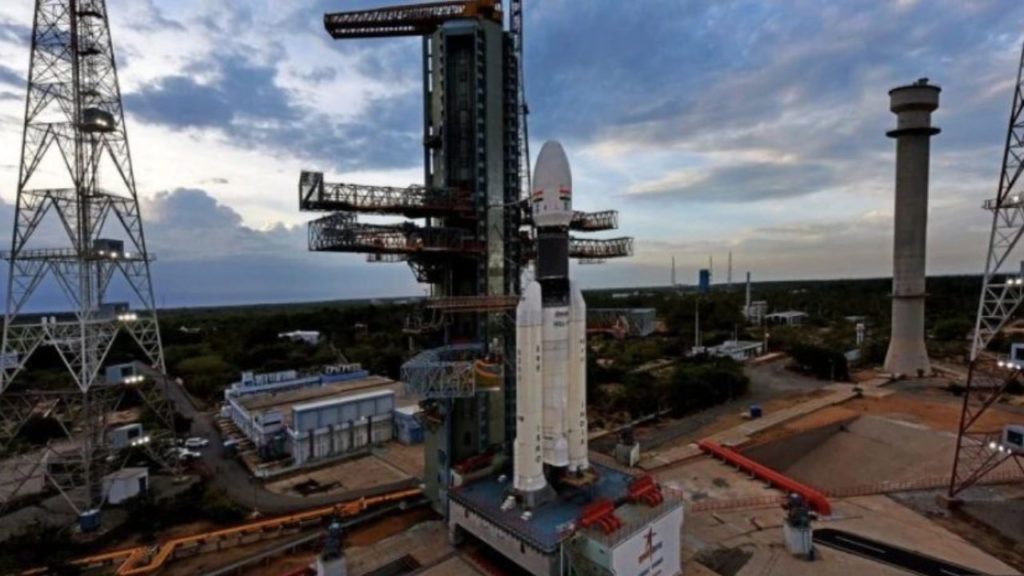Chandrayaan 2 Is India’s Biggest Space Mission: Watch It Live Right Here!

Today, at exactly 2.43 PM IST, India’s most important space mission: Chandrayaan 2 will take off, thereby placing India on the moon, for the second time.
One of the most powerful launcher: Geosynchronous Satellite Launch Vehicle Mark III (GSLV Mk III), code-named as Bahubali will take the Orbiter, Lander and a Rover to the moon’s South Pole, a location where no other space mission ever has reached.
The Orbiter will closely observe the Moon’s surface, and relay communication between Eartha and Chandrayaan 2’s Lander, which is called Vikram.
The Rover, which will be inside the Lander, and will travel on the moon’s surface is called Pragyan, which means Wisdom in Sanskrit.
It can use Solar Energy to recharge, and can travel 500 meters, and is powered with AI, and will move on 6-wheels. Pragyan can only communicate with the Lander called Vikram, which will communicate with the Earth via Orbiter.
Watch Chandrayaan-2 Launch Right Here
The launch will happen at 2.43 PM, from Satish Dhawan Space Centre (SDSC) in Sriharikota.
You can watch the streaming of the launch right here, which uses DD National Live Streaming feed from Youtube.
Besides, ISRO will also broadcast the launch via their Twitter and Facebook handles.
ISRO had also made arrangements for fans to visit the Satish Dhawan Space Centre (SDSC) in Sriharokota and watch the launch live.
However, the registrations are now closed. You can always register there for the next launch done by ISRO.
Objective Of Chandrayaan 2 Launch
As per ISRO’s notes, the Chandrayaan 2 mission will attempt to land the Lander (Vikram) and the Rover (Pragyan) at a location between Manzinus C and Simpelius N, at a latitude of about 70 degrees south.
This is situated on the South Pole, a region where no other space mission has ever reached, and as per theories, this region can have the presence of water.
The Chanrayaan-1 mission has discovered water molecules on the lunar surface, and now Chandrayaan-2 will attempt to discover water or water molecules below the surface and in the tenuous lunar exosphere.
ISRO said, “There is a possibility of the presence of water in permanently shadowed areas around it. In addition, South Pole region has craters that are cold traps and contain a fossil record of the early Solar System.”
Technical Information About The Mission:
GSLV Mk-III: This is India’s most powerful launcher, capable of carrying 4-ton class of satellites to the Geosynchronous Transfer Orbit (GTO).
Orbiter: It weighs 2,379 kg and has an in-built electric power generation capability of 1,000 Watt. This will be placed in the 100×100 km lunar polar orbit, by GSLV Mk-III.
Lander: Codenamed Vikram, this weighs 1471 Kg, and can generate 600 W of power.
Rover: Codenamed as Pragyan, this weighs 27 Kg, and can generate 50W of power, and can move upto 500 meters.
We will keep you updated, as more details come in.

Comments are closed, but trackbacks and pingbacks are open.